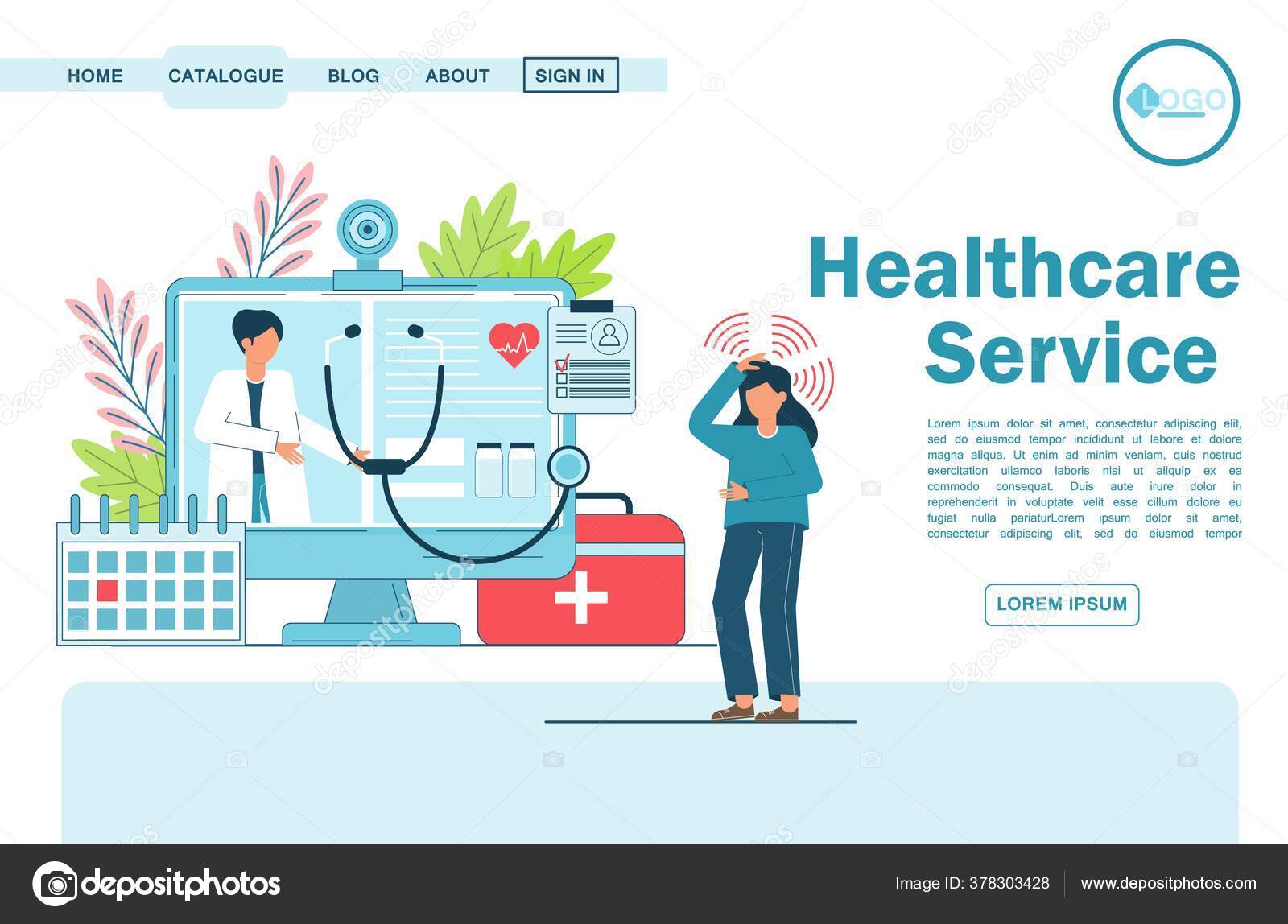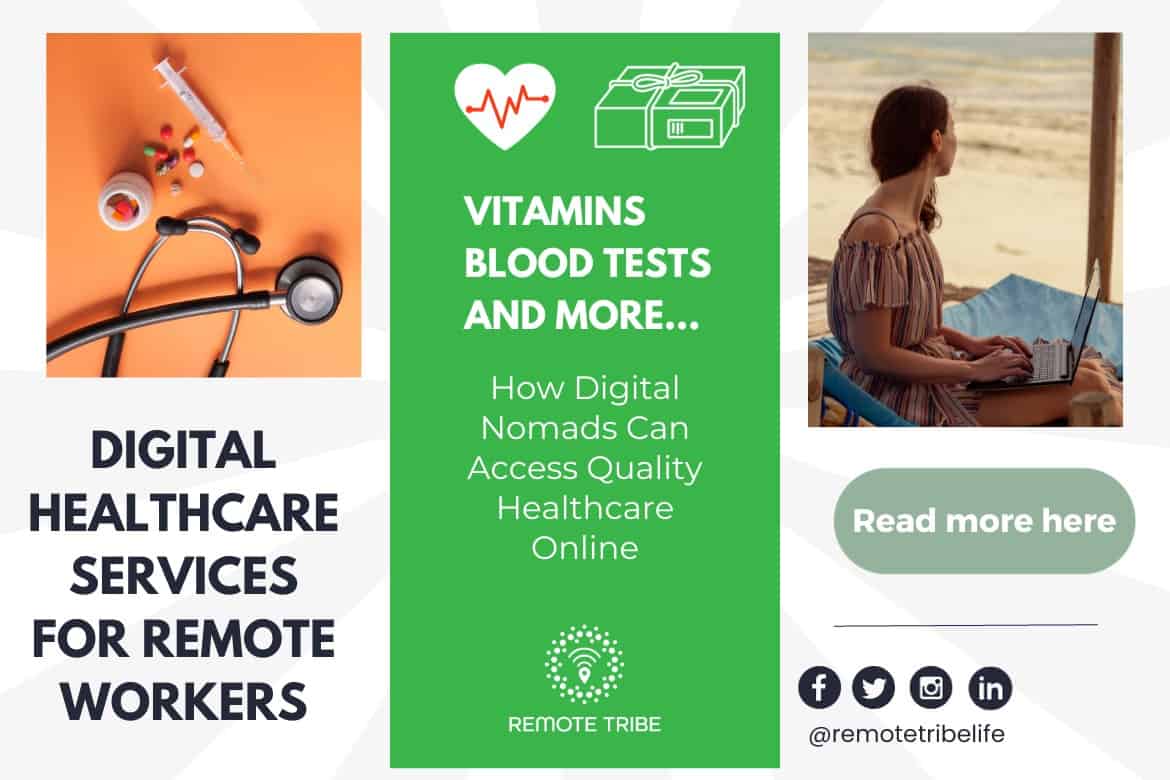A Comprehensive Guide to Subscription Based Healthcare: What You Need to Know
A Comprehensive Guide to Subscription Based Healthcare: What You Need to Know
Blog Article
The Increase of Subscription-Based Health Care and Its Influence On Client Treatment
As health care develops, the subscription-based model is obtaining grip, assuring to change client treatment by offering predictability and accessibility. These designs, which bypass conventional insurance policy, could redefine the patient-doctor dynamic, emphasizing preventive and personalized care. As with any type of advancement, they present difficulties, especially worrying fair gain access to for all socioeconomic groups. The possibility for these versions to reshape health care distribution increases pressing concerns about their lasting sustainability and inclusivity. Are these membership services the future of medical care, or do they run the risk of leaving vulnerable populaces behind? The intricacies of this shift warrant a closer evaluation.
Understanding Registration Health Care Versions
Grasping the idea of registration healthcare versions includes examining a transformative approach to medical solutions that emphasizes cost and availability. These versions, typically referred to as direct primary care (DPC) or concierge medicine, have arised as cutting-edge options to traditional fee-for-service health care systems. Subscription health care enables clients to pay a set regular monthly or yearly charge for a specified collection of clinical solutions, which might include unlimited office brows through, regular examinations, and fundamental lab examinations, without the requirement for standard insurance billing.
The framework of subscription healthcare versions is made to enhance person care by removing third-party payers and intricate invoicing codes, therefore reducing management concerns. Doctor can concentrate extra on person care, promoting stronger patient-provider relationships. This design likewise promotes preventative treatment by motivating routine check outs, as the financial obstacle of per-visit fees is removed.
The membership design frequently encourages doctor to take care of smaller sized individual panels, permitting even more personalized treatment. It aligns monetary motivations with client health and wellness outcomes, as companies are motivated to preserve client contentment and health. Generally, understanding membership healthcare designs calls for identifying their prospective to reshape how treatment is provided and accessed.
Benefits for Service Providers and patients

With a steady profits stream, health care experts can dedicate even more time to each individual, leading to a much more individualized and complete treatment experience. The emphasis on preventative care within subscription strategies can lead to better patient results and decreased long-term medical care prices.
Problems and difficulties
While subscription-based health care versions present various advantages, they also come with a set of obstacles and problems that must be addressed. This elevates ethical inquiries concerning fair access to healthcare solutions.
Financial sustainability of subscription-based designs is one more issue. Suppliers must balance the fixed revenue from subscriptions with the variable expenses of medical care services, which might change because of unexpected clinical needs. This can create pressure to restrict services or rise costs, possibly affecting individual satisfaction and care high quality.
In addition, regulative oversight of subscription-based healthcare versions is still advancing. Resolving wikipedia reference these obstacles is critical for the fair and effective application of subscription-based health care.
Effect On Patient-Doctor Relationships
One substantial effect of subscription-based healthcare designs on patient-doctor connections is the potential for boosted continuity and customized treatment. By embracing a registration model, doctors can take care of a smaller person panel, permitting even more committed time with each individual. This increased accessibility fosters a deeper understanding of a patient's medical history, way of life, and choices, enabling much more tailored therapy strategies and treatments.

Nonetheless, it is vital to recognize that while subscription-based designs might profit those who can manage them, they could inadvertently expand health care variations. People who are incapable to join these versions may experience lower accessibility to individualized care, possibly influencing their connections with medical care providers. Hence, while the registration version supplies appealing benefits for patient-doctor partnerships, it also poses challenges that need to be addressed to guarantee fair healthcare accessibility.
Future of Healthcare Access

The you could check here role of innovation can not be neglected in this makeover. Telemedicine platforms and electronic wellness documents assist in seamless interaction in between clients and health care companies, damaging down logistical and geographical barriers. In addition, improvements in expert system and information analytics can further individualize healthcare by predicting patient needs and maximizing treatment strategies.
Nevertheless, the future of health care access additionally presents obstacles, such as guaranteeing equity across different socio-economic groups. Policymakers and doctor should team up to link the electronic divide, making certain that subscription-based designs continue to be economical and inclusive. As these systems develop, they hold the guarantee of making medical care more available, efficient, and patient-centric.
Conclusion
Subscription-based healthcare models are improving client care by supplying a steady price framework and boosting access. These versions enhance patient-provider partnerships with personalized treatment and routine brows through, emphasizing preventative health. In spite of these benefits, challenges such as ease of access problems for low-income populations and the demand for fair medical care services linger. The increase of subscription-based health care encourages proactive patient engagement, which has the potential to improve person outcomes and complete satisfaction, indicating a transformative change in healthcare distribution.
As health care progresses, the subscription-based design is acquiring traction, guaranteeing to transform person care by providing predictability and ease of access.Subscription-based health care versions supply distinctive benefits for both suppliers and clients, improving the general health care experience.As medical care systems advance, the future of health care access often pivots on the combination of cutting-edge models and innovations.Subscription-based healthcare designs are improving individual Go Here care by offering a secure cost framework and enhancing accessibility. The rise of subscription-based medical care motivates positive client interaction, which has the possible to boost individual outcomes and satisfaction, indicating a transformative change in medical care distribution.
Report this page